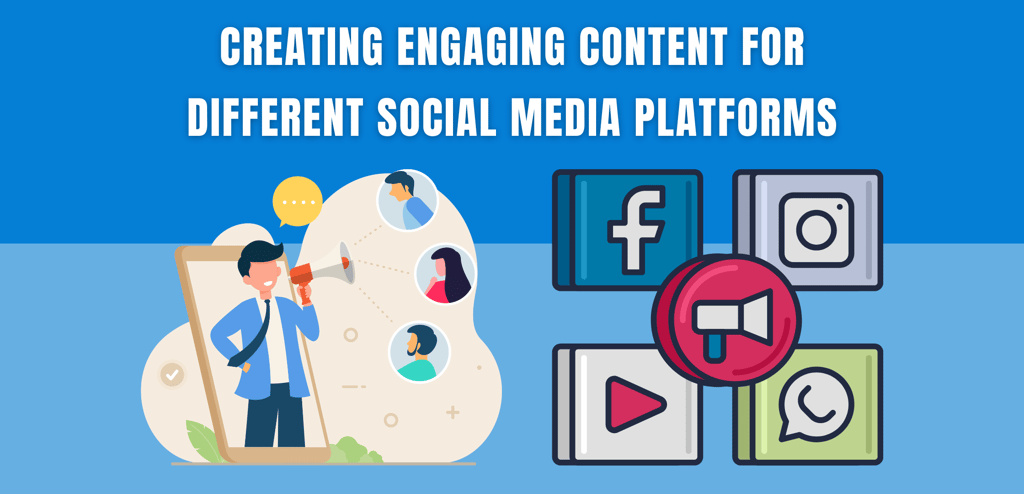
Creating Engaging Content for Different Social Media Platforms
By AZ Konnect Team
5/8/20242 min read


In the vast landscape of social media, each platform has its own unique audience, features, and content formats. To effectively engage with users across various social media platforms, businesses must tailor their content strategies to fit the preferences and behaviors of each platform's audience. In this blog post, we'll explore the art of creating engaging content for different social media platforms and provide actionable tips for maximizing your impact on each platform.
Know Your Audience: Before crafting content for any social media platform, it's essential to understand your target audience and their preferences. Research the demographics, interests, and behaviors of users on each platform to tailor your content accordingly. For example, while Instagram may attract a younger, visually-oriented audience, LinkedIn caters to professionals seeking informative and industry-relevant content.
Tailor Content Formats: Each social media platform offers a variety of content formats, including images, videos, text posts, stories, and live streams. Experiment with different formats to see what resonates best with your audience on each platform. For instance, visually compelling images and videos tend to perform well on Instagram and Pinterest, while informative articles and updates thrive on LinkedIn and Twitter.
Adapt to Platform Features: Take advantage of the unique features and capabilities offered by each social media platform to enhance engagement and creativity. For example, leverage Instagram's Stories feature for behind-the-scenes content, polls, and interactive Q&A sessions. Use Twitter's hashtags to join relevant conversations and increase discoverability. Explore Facebook Live for real-time engagement with your audience, and utilize LinkedIn's publishing platform to share thought leadership articles and industry insights.
Optimize Content for Each Platform: Tailor your content to fit the specific requirements and best practices of each social media platform. Optimize image sizes and aspect ratios for optimal display on different platforms. Use relevant hashtags to increase visibility and reach on platforms like Instagram and Twitter. Craft compelling captions that resonate with your audience and encourage engagement. Pay attention to posting frequency and timing to maximize visibility and engagement.
Encourage Interaction and Engagement: Foster two-way communication with your audience by actively engaging with their comments, questions, and feedback. Pose questions, encourage discussions, and invite user-generated content to foster a sense of community and connection. Use interactive features like polls, quizzes, and contests to encourage participation and create memorable experiences for your audience.
Analyze and Iterate: Monitor the performance of your content on each social media platform using analytics tools provided by the platforms themselves or third-party analytics tools. Track metrics such as engagement rates, reach, clicks, and conversions to gauge the effectiveness of your content. Use this data to identify trends, insights, and areas for improvement, and iterate on your content strategy accordingly.
In conclusion, creating engaging content for different social media platforms requires a strategic approach that takes into account the unique characteristics and preferences of each audience. By understanding your audience, tailoring content formats, adapting to platform features, optimizing content for each platform, encouraging interaction and engagement, and analyzing performance metrics, you can create compelling social media content that resonates with your audience and drives meaningful results for your business. Embrace the diversity of social media platforms and unleash your creativity to connect with audiences in meaningful ways.
Subscribe To Our Newsletter


